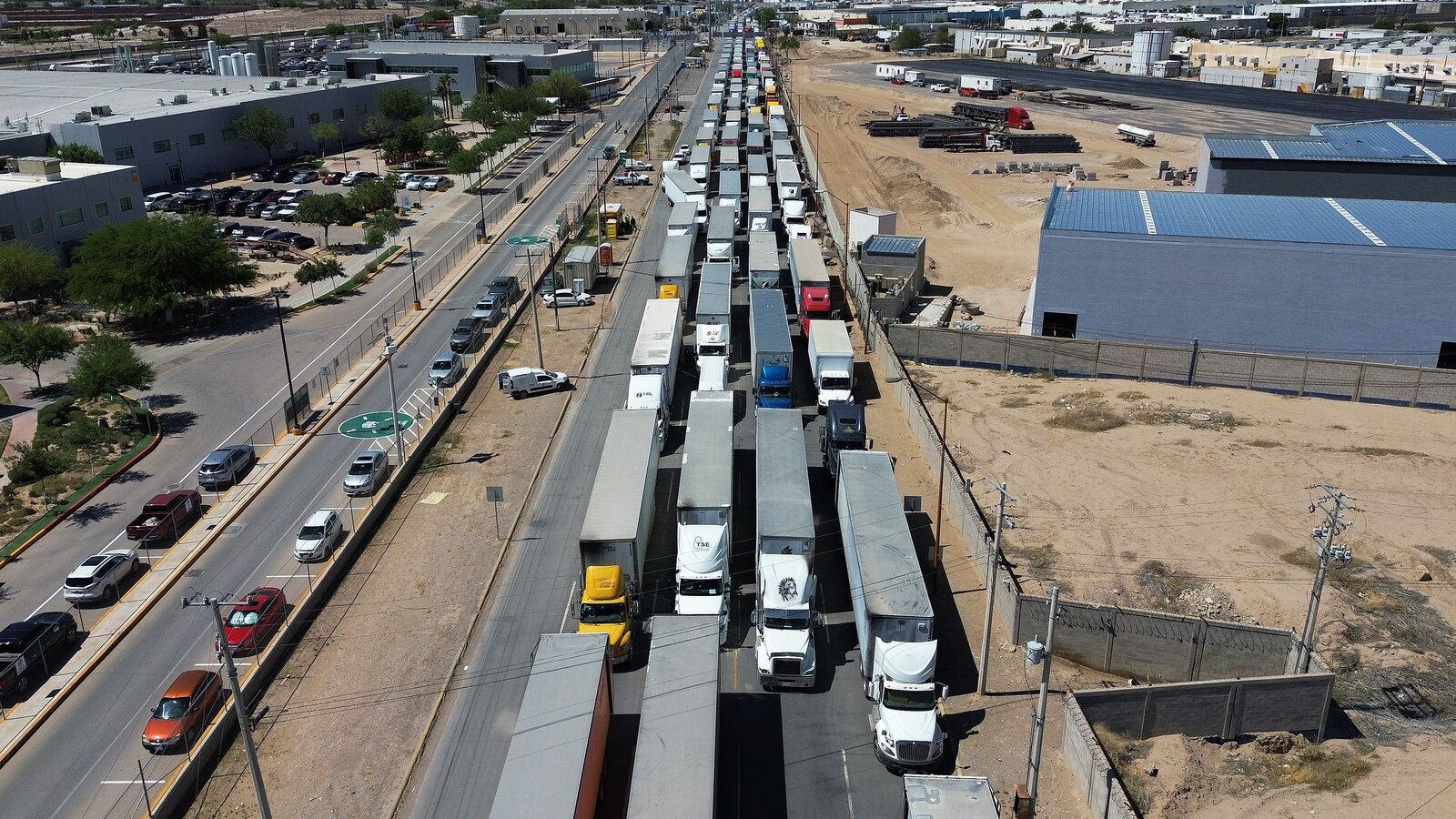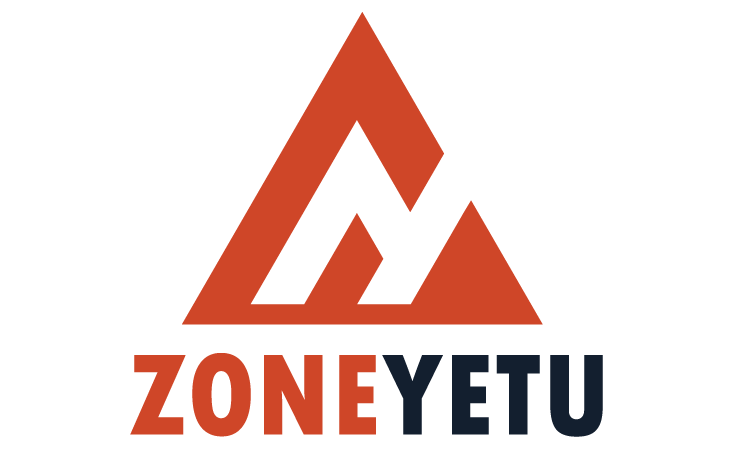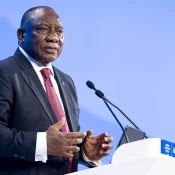
This week, Canada and Mexico will intensify border and fentanyl negotiations to evade Trump’s tariffs
Before a deadline of March 4, Canada and Mexico are likely to ratchet up efforts this week to avoid slapping 25% tariffs on their exports to the U.S. as part of negotiations to convince President Donald Trump’s administration that their measures to strengthen border security and stop fentanyl trafficking are effective.
A month or so of relief from tariffs that might have devastating effects on a closely linked North American economy was granted to Canada and Mexico as a result of their actions to strengthen border security.
The Trump administration’s decision to prolong the tariff suspension will be influenced by this week’s conversations and fresh reports from the Department of Homeland Security, according to attorney Dan Ujczo, who focuses on U.S.-Canada relations.
“Even if that occurs, Trump will probably continue to threaten tariffs until there is conclusive proof that the border controls are stopping the flow of fentanyl and migrants,” he added.
“There’s progress being made on the security front,” said Ujczo, a senior attorney at Thompson Hine in Columbus, Ohio? “But it’s overly optimistic to think that those tariffs would be fully rescinded.”
Requests for comment on the talks anticipated this week ahead of the March 4 deadline to enact the tariffs, which would apply to more than $918 billion in U.S. imports from the two nations, ranging from energy to automobiles, were not answered by the White House, the U.S. Trade Representative’s office, or the Commerce Department.
ADDITIONAL TARIFF RISKS
Following his original warning of a 25% tariff and his application of a 10% levy on all Chinese imports, Trump has imposed further tariff moves that may complicate border discussions.
Among these are the significant hike in steel and aluminum tariffs to a flat 25% and the removal of long-standing exclusions for Canada and Mexico, who are the biggest importers of the metals, respectively. A week after the border duties, on March 12, these sharp hikes, which also affect hundreds of downstream steel goods, are scheduled to go into effect.
Trump has also stated that he intends to implement “reciprocal” tariffs to match other nations’ duty rates and trade barriers, as well as 25% taxes on imports of semiconductors, medicines, and automobiles.
A renegotiation of the U.S.-Mexico-Canada trade pact, which is due in 2026, might begin early if these tariffs are threatened, Ujczo warned.
In 2020, Trump signed the USMCA into law following a renegotiation of the 1994 North American Free Trade Agreement. However, he has been vocally against the importation of automobiles from Canada and Mexico.
MENTIONED PROGRESS
Marcelo Ebrard, the Mexican Economy Minister, reported Thursday that he held a “constructive dialogue” with Trump’s senior trade officials, including U.S. Trade Representative candidate Jamieson Greer, White House economic advisor Kevin Hassett, and Commerce Secretary Howard Lutnick.
Ebrard stated in a post on X, opens new tab that Monday is the start of the “joint work” on U.S. trade concerns.
As part of a deal that also called on the United States to try to restrict the flow of guns into Mexico, Mexican President Claudia Sheinbaum revealed that Mexico has started to deploy up to 10,000 national guard troops to its northern border.
Senior intelligence officer Kevin Brosseau was appointed to Canada’s new fentanyl czar position earlier this month in order to oversee the country’s efforts to combat the deadly opioid’s smuggling.
throughout with reclassifying drug cartels as terrorist organizations, Ottawa has also placed drones, helicopters, and other monitoring tools throughout the extensive northern U.S. border.
The Canadian government responded to Trump’s tariff threat in December by announcing an increase in border security spending of C$1.3 billion ($913 million).
During a call on Saturday, Canadian Prime Minister Justin Trudeau discussed working together to stop the trade in fentanyl. Trudeau and Trump have been in constant communication on border concerns in recent days. He said last week that Canada is “going to do the work” to prevent tariffs from being applied, despite having threatened retaliatory taxes on C$155 billion ($107 billion) worth of U.S. imports, including Florida orange juice, American wine, beer, and whiskey.
A MINIMUM PACKAGE HURDLE
According to White House officials, fentanyl and its precursor ingredients are sent into the United States through Canada, Mexico, and China in tiny, seldom examined containers.
A significant obstacle to reducing these shipments is the halt in Trump’s sudden directive to revoke the duty-free “de minimis” exemption for packages under $800 from the three nations due to the lack of screening protocols for the millions of low-value express packages that arrive at American airports every day.
When U.S. Customs and Border Protection will be able to close the de minimis loophole once more is uncertain. In his first directive on border tariffs and fentanyl, Trump instructed Homeland Security Secretary Kristi Noem to provide frequent updates on the situation to both Trump and Congress.
All Categories
Recent Posts
Tags
+13162306000
zoneyetu@yahoo.com


